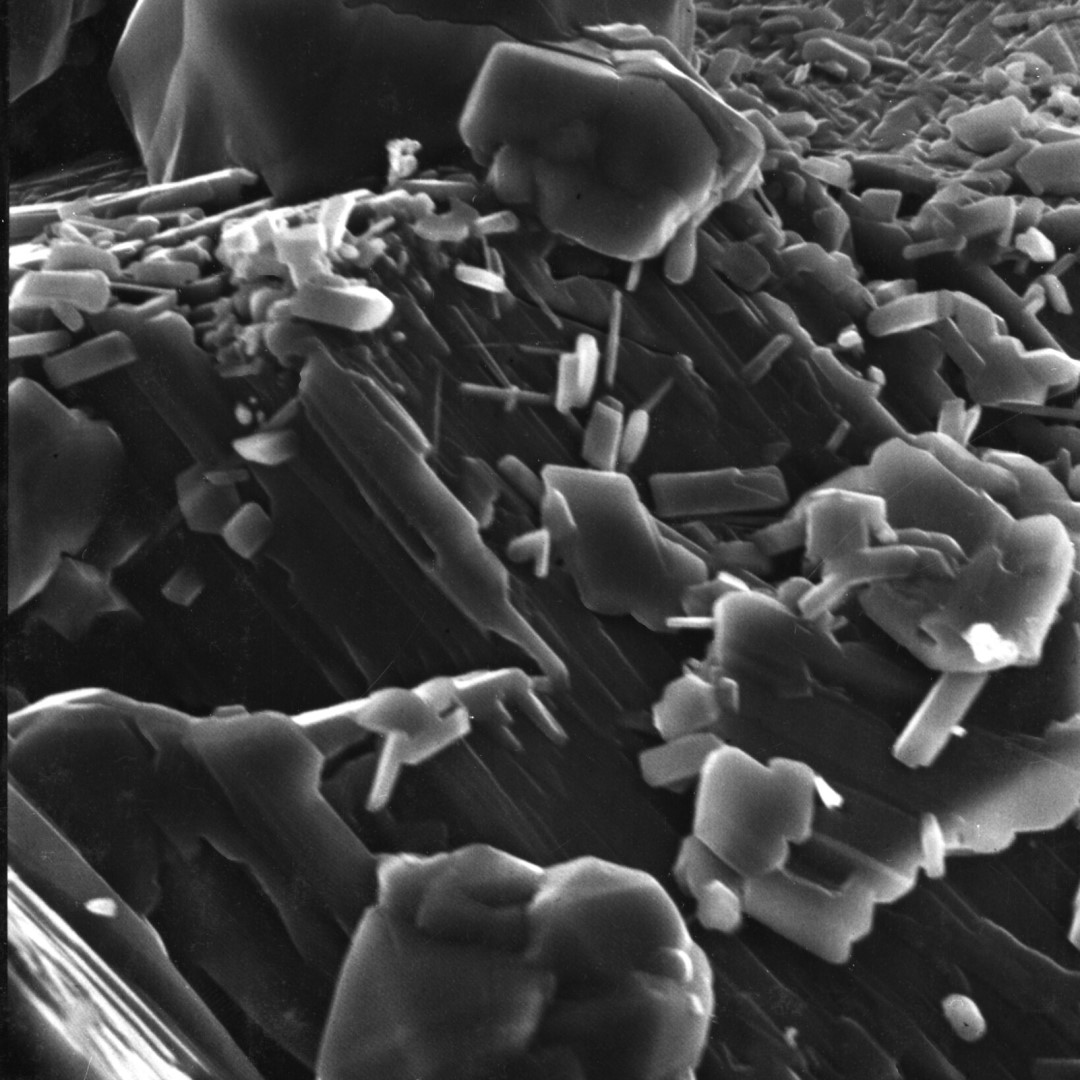
The CDC assisted in the study of health effects related to the Mount St Helens volcanic eruption
On May 30, 1980, the U.S. Centers for Disease Control and Prevention (CDC) released a report of health effects related to the Mount St. Helens volcanic eruption. The dense cloud of volcanic ash extended eastward over the states of Washington, Idaho, Montana, and North Dakota. A number of samples were studied extensively for their free silica content, fibers, and trace metals.
Area sampling in schools, homes, commercial establishments, and enclosed automobiles found dust concentrations to be quite low. X-ray diffraction, infrared spectrophotometry, light microscopy, electron microscopy, and wet chemical methods revealed low concentrations of quartz, cristobalite, and tridymite. Free silica content varied from 3 to 7 percent, as determined from respirable dust samples. No fibers were identified nor was trace metal content found to be unusual.
Tags:
Source: U.S. Centers for Disease Control and Prevention
Credit: Photo: Scanning electron microscope (SEM) image of the interior of a pumice clast from Mount St. Helens. Image shows a deeply etched plagioclase grain with rounded, silica-coated crystals of analcime and smaller, euhedral crystals of an unidentified aluminosilicate. Courtesy: U.S. Geological Survey., 1981.
